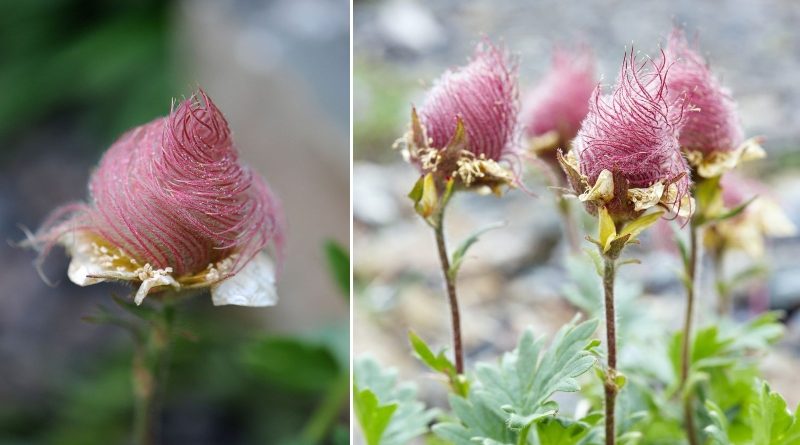It’s not every day you come across one of these mesmerizing flowers resembling candy floss. When I first saw photos of this flower, known as creeping avens, I knew I had to grow it. After growing it, I knew I had to write about it! Their flowers are yellow, but as they die, they turn into a whispy, pink, cotton candy-like structure.
We have an affinity for interesting species of flowers and plants. Today’s beautiful floral discovery is something we’ve only managed to learn about recently, and it’s certainly a unique specimen.
Creeping Avens, the candy floss flower
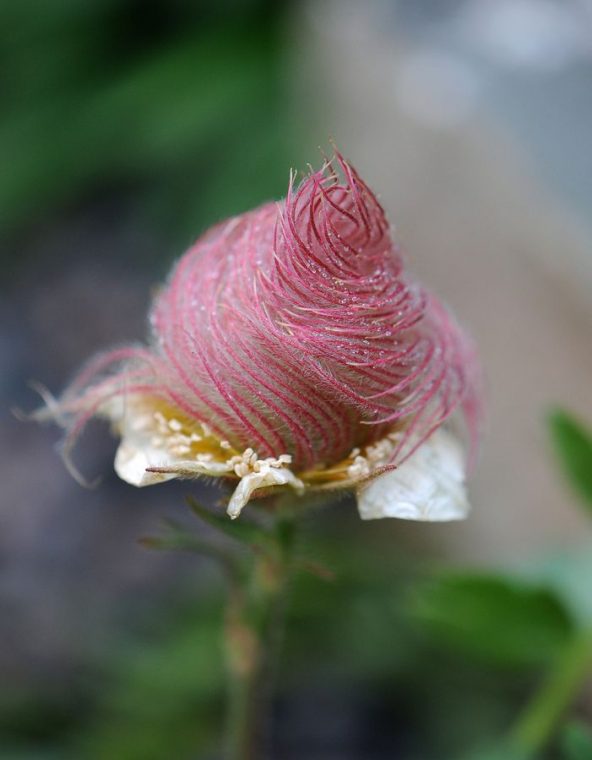
Commonly called creeping avens, these flowers are from a genus consisting of about 50 species of rhizomatous perennial herbaceous plants in the rose family. They are widespread across Europe, Asia, North and South America, Africa, and New Zealand. From a basal rosette of leaves, they produce flowers on wiry stalks, in shades of white, red, yellow, and orange, in midsummer.
Before they reach their “candy floss” stage, these flowers produce buttery yellow blooms in late spring or summer, depending on the climate. Eventually, the flowers wilt and develop attractive fuzzy, pink seedheads, resembling a wispy treat.
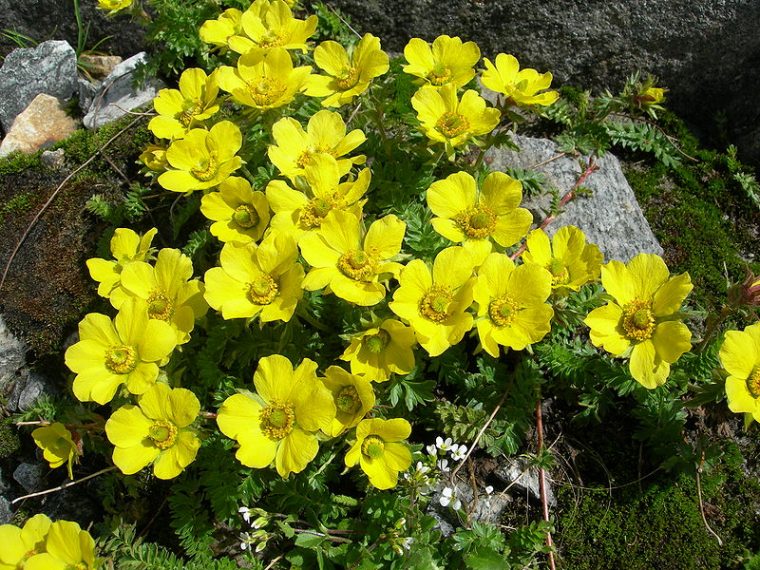
The yellow blooms grow as a natural groundcover but can be contained to smaller areas with regular maintenance.
While there are plenty of different flowers you can grow from seeds, our experts suggest starting your creeping avens from a plant for the best results. “If you’re growing it as a groundcover, you will probably be happier buying a starter plant from your local garden center so it can get established and start growing right away,” explains Justin Hancock, a Monrovia horticultural craftsman. He says another benefit is that you’ll know exactly what you’re getting if you start with an established plant, which is very important if you’re hoping for a specific breed of Geum since there are more than one.
How to grow creeping avens
If you prefer to grow them from seed, you can either plant them directly into your garden after the final spring frost or start them indoors about two months prior to the final frost. Since they do spread, it’s best to give them plenty of room and plant them six to nine inches apart.
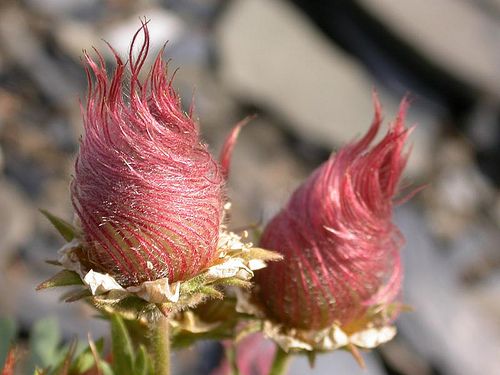
Once you’re ready to plant your flowers, make sure you’re putting them in a location where they will thrive. According to Hancock, that means avoiding areas with heavy clay soil or in low areas of your garden where water may pool. “They do best in all-day sun and well-draining soil,” he says. “They prefer neutral or slightly acidic soil; in high-pH soils, it can be beneficial to treat the soil with an acidifier (such as sulfur).”
And the benefits of growing these flowers don’t stop at the garden’s edge. According to Popat they can also have major health benefits as well! “In Austria they are considered traditional medicine,” she says. “The [flowers are made into a tea] and they are a treatment for gout, infections, fever, and herbalist use it to treat diarrhea, heart disease, halitosis, and mouth ulcers.” Of course, be sure to check with your doctor before taking this, or any form, of herbal remedy.
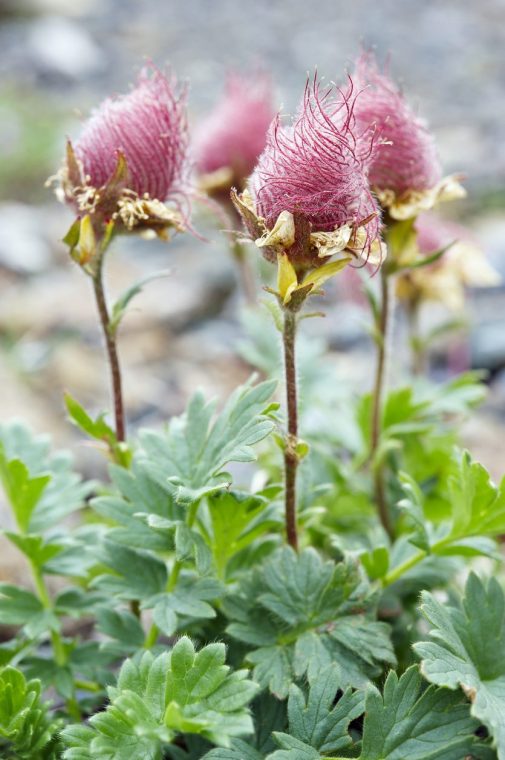
Do you know of any interesting or rare flowers or plants you’d like to share with us? Send us a message and tell us all about it!
Keep reading: These snapdragon flower skulls are perfect for the spooky gardener
